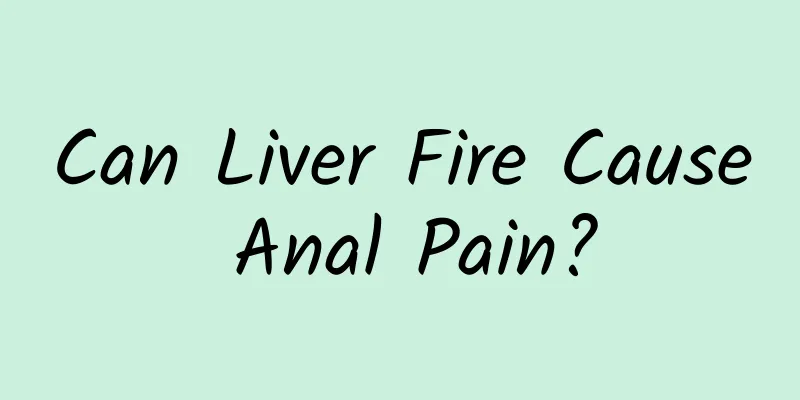How to eliminate swollen and hard calves

|
Swelling and stiffness in the calves may be a problem that many people will encounter in their lives. It is not only uncomfortable, but may also affect daily activities. To eliminate this discomfort, we need to understand its possible causes and take appropriate measures. There are many reasons for calf swelling and hardening, including standing for long periods of time, sitting in an improper posture, over-exercising, and excessive salt intake in the diet. Sometimes, this condition may also be related to problems with the circulatory or lymphatic systems. The first thing to do is to observe the frequency and duration of symptoms. If the swelling persists or is accompanied by other symptoms, it is recommended to consult a doctor as soon as possible. There are a few simple ways to help relieve swollen and stiff calves in your daily life. Maintaining moderate exercise is key. Proper exercise can promote blood circulation and prevent fluid from accumulating in the legs. Low-intensity exercise such as walking, swimming or cycling are good choices. In addition, when working or sitting for a long time, remember to stand up and move around every once in a while and do some simple stretching exercises. In terms of diet, reducing salt intake can also help relieve edema. Too much salt can cause water retention in the body, which can cause swelling. Drinking more water can help the body excrete excess salt and toxins. At the same time, adding potassium-rich foods such as bananas, spinach and potatoes to the diet can also help balance electrolytes in the body. Elevating your legs is a simple and effective method. Find a time each day to lie down and raise your legs above your heart for 15 to 20 minutes. This will help improve blood circulation and reduce swelling. When you go to bed at night, place a pillow under your feet to keep your legs slightly above your heart. If your calf swelling and stiffness is caused by overexertion, resting and using cold compresses can help relieve symptoms. Applying ice packs can reduce inflammation and swelling for 15 to 20 minutes at a time, but be careful not to put the ice pack directly on your skin to avoid frostbite. Although swell and stiffness in the calves is common, most can be relieved with appropriate lifestyle changes and simple home care. If symptoms persist or are accompanied by other discomfort, it is important to seek professional medical help. Hopefully, these tips will help you better manage and improve your calf discomfort so you can get back to living a relaxed and comfortable life. |
<<: Why do elderly people have swollen feet?
>>: What does low blood urea mean?
Recommend
What are the symptoms of kidney stones?
Kidney stones generally refer to stones located i...
How toxic are the dispersed particles?
As a Chinese patent medicine, Sanjie Granules are...
Successful conservative treatment of perianal abscess
The main signs of successful conservative treatme...
Does the translucent line of the fracture mean that it will heal soon?
Seeing the translucent line of a fracture may mak...
What is the cause of allergic vasculitis
What is the cause of allergic vasculitis? Allergi...
Causes of ruptured venous sinus aneurysm
The treatment of ruptured venous sinus aneurysms ...
How long after minimally invasive surgery for kidney stones can I walk and exercise?
You can usually get out of bed and move around 1-...
How to treat lumbar disc herniation
Lumbar disc herniation is a problem faced by many...
How to treat cerebral vasospasm effectively
The treatment of cerebral vasospasm can achieve g...
What are the folk remedies for treating breast cysts?
The treatment of breast cysts should prioritize s...
What is the best food to eat for breast cysts
Dietary adjustments for patients with breast cyst...
Best time to treat perianal abscess
The best time to treat a perianal abscess is to d...
What fruits should I eat if I have gallstones?
People with gallstones can eat low-fat, low-sugar...
What are the symptoms of mastitis?
Symptoms of mastitis include redness, pain, warmt...
How to relieve pain from lumbar disc herniation
Lumbar disc herniation has become a common orthop...









